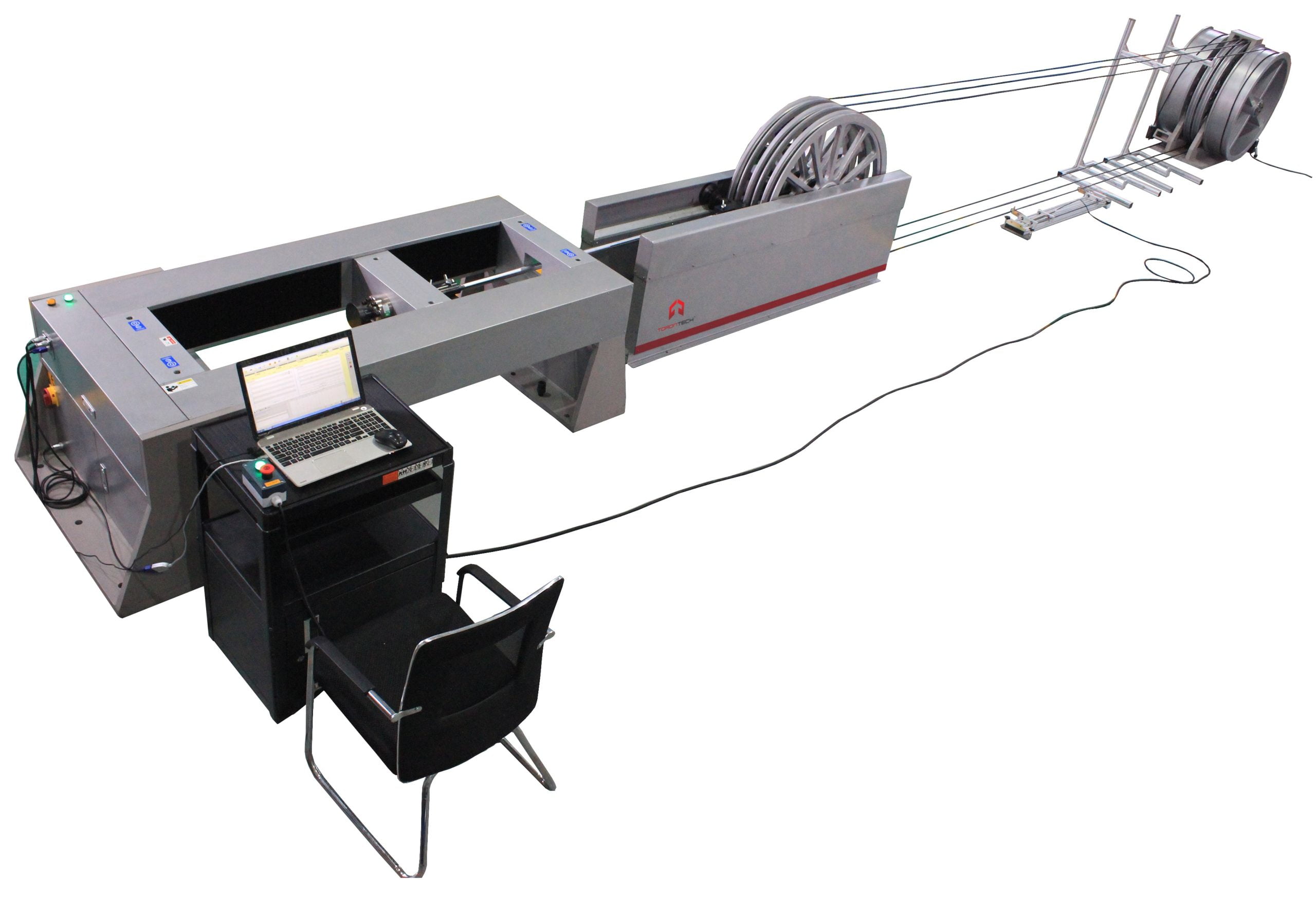All You Required to Find Out About Robotic Vision and Its Applications in Advanced Optical Measurement Equipments
Robotic vision represents a significant innovation in the intersection of computer vision, expert system, and artificial intelligence. This modern technology improves the accuracy of optical dimension systems, allowing real-time information analysis and boosted quality assurance. Its effect extends multiple sectors, from producing to medical care. The evolving landscape of robotic vision increases inquiries regarding future abilities and applications. What advancements lie ahead in this transformative field?
Recognizing Robotic Vision: Secret Concepts and Technologies
Robotic vision includes the technologies and techniques that enable makers to translate and recognize aesthetic info from their setting. This area incorporates elements of computer system vision, fabricated knowledge, and maker learning to facilitate automatic decision-making based upon visual data. Trick ideas consist of picture processing, which entails the improvement and analysis of pictures to draw out meaningful features, and item recognition, which permits equipments to determine and identify things within a scene.

The Integration of Robotic Vision With Optical Measurement Systems
As industries increasingly require accuracy and effectiveness, the integration of robot vision with optical dimension systems has actually become a transformative strategy. This synergy allows robotics to regard and translate their environments, boosting the capability of optical measurement systems to analyze and assess objects with unrivaled precision. By gearing up optical sensing units with sophisticated imaging technologies, robot vision makes it possible for real-time information collection and handling, helping with immediate adjustments to measurement specifications.
The combination equips automated systems to detect variations in dimensions, surface area high quality, and positioning, which are crucial in top quality control procedures. Enhanced algorithms, such as artificial intelligence, further boost this integration by improving the systems' ability to adjust to various settings and circumstances. The integration not just streamlines dimension processes however additionally decreases errors, making sure that items fulfill rigorous sector requirements, consequently strengthening the duty of robotic vision in the future of optical measurement systems.
Applications of Robotic Vision in Production
In modern-day production atmospheres, making use of vision systems has actually changed production processes by allowing machines to perform tasks with impressive accuracy and speed. Robotic vision systems are significantly utilized for high quality control, where they check items for defects and guarantee adherence to specs. These systems use cameras and progressed formulas to evaluate items in real-time, considerably minimizing the threat of human mistake.
Additionally, robot vision assists in automation in setting up lines, allowing robotics to accurately determine parts and assemble them with marginal downtime. This technology likewise improves inventory management, as vision systems can Read More Here monitor stock degrees and find directory disparities, guaranteeing a smooth supply chain.
Moreover, robotic vision help in the implementation of wise manufacturing facilities, where information from vision systems can be incorporated with other modern technologies to optimize operations. Overall, the applications of robotic vision in making show its crucial duty in improving efficiency, quality, and productivity across different sectors
Robotic Vision in Health Care: Revolutionizing Individual Care

In rehab, robot vision help in keeping track of person progression and tailoring therapy sessions to specific needs. It sustains doctor by automating tasks such as data collection and patient monitoring, enabling for more time to concentrate on straight individual communication. In addition, robot vision improves telemedicine by allowing remote diagnosis and virtual assessments, bridging the gap between patients and doctor. Overall, the application of robot vision in healthcare is revolutionizing client care, causing enhanced results, effectiveness, and individual satisfaction.
Future Patterns and Developments in Robotic Vision Innovation
The quick development of robotic vision technology promises to better boost its applications throughout numerous fields, including healthcare. Future patterns indicate a substantial shift towards integrating expert system and maker understanding, allowing systems to discover from vast datasets and boost accuracy over time. Boosted sensor technologies and deep discovering formulas are anticipated to fine-tune things acknowledgment abilities, enabling robotics to translate complicated environments more successfully.

The assimilation of augmented reality (AR) with robotic vision will likely reinvent just how robotics aid in surgical treatments and diagnostics. This synergy will certainly facilitate real-time data visualization, enhancing decision-making procedures. Furthermore, miniaturization of components will certainly lead to more compact and versatile robot vision systems appropriate for a selection of jobs. As these improvements unravel, markets will witness enhanced automation and efficiency, solidifying robot vision as a foundation of cutting-edge technological services.
Frequently Asked Inquiries
What Are the Key Elements of a Robotic Vision System?
The main parts of a robotic vision system consist of video cameras for photo capture, processors for data analysis, algorithms for analysis, and actuators for movement. Together, i loved this these aspects allow robots to regard and communicate with their environment effectively.
How Does Robotic Vision Improve Accuracy in Measurements?
Robotic vision enhances dimension accuracy by utilizing innovative imaging technologies, making it possible for specific item discovery and spatial evaluation. This ability decreases human error, boosts repeatability, and permits real-time modifications, ultimately improving general measurement dependability and effectiveness.
What Industries Benefit A Lot Of From Robotic Vision Innovation?
Different markets benefit substantially from robot vision innovation, consisting of manufacturing, medical care, agriculture, and logistics. These industries use boosted precision, performance, and automation, causing boosted productivity and decreased functional prices in their particular processes.
Can Robotic Vision Solutions Job in Low-Light Conditions?
Robotic vision systems can undoubtedly work in low-light problems, utilizing sophisticated sensors and algorithms to enhance picture clarity. This capability permits them to do successfully in numerous atmospheres, consisting of industrial and monitoring applications, even with very little illumination.
What Are the Expenses Related To Implementing Robotic Vision?
The prices connected with implementing robotic vision vary considerably, influenced by components such as cams, software program, and integration. Added expenses consist of maintenance, training workers, and potential upgrades to existing systems, which can gather over time.